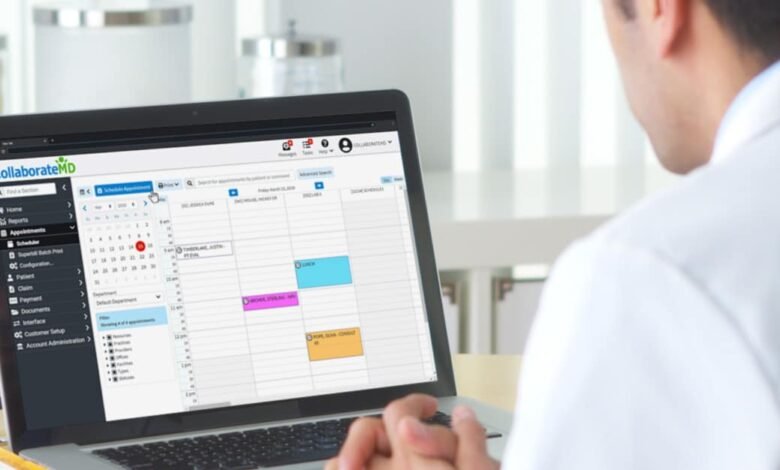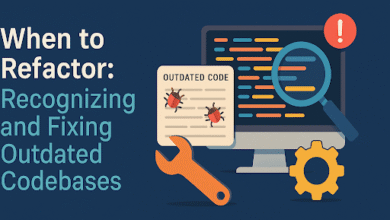What Is Healthcare Office Management Software?

Healthcare office management software is a digital system designed to organize and automate the administrative side of a medical or clinical practice. It often handles scheduling, patient registration, billing and claims, staff assignments, reporting, and communication — tasks that otherwise occupy much of staff time. In the modern clinic or outpatient setting, such software becomes indispensable for reducing errors, improving patient flow, and ensuring compliance with regulatory standards.
Why Your Clinic Needs a Robust Management Platform
Medical practices face unique challenges. You need to verify insurance eligibility, manage claims, maintain patient records, schedule clinicians and rooms, handle cancellations or no-shows, and monitor revenue cycles. Doing these via spreadsheets or paper leads to inefficiencies and missed revenue. A strong management system streamlines workflows: it checks insurance eligibility in real time, automates claim submissions, sends reminders to patients, and provides dashboards to monitor clinic performance and staff productivity. These features are considered essential in modern clinic software tools.
Key Features That Differentiate Good Software
A comprehensive healthcare office system includes appointment scheduling and online booking, allowing patients to self-book available slots. It supports patient intake forms and demographic capture, so data entry is minimal. The system integrates with billing and coding engines, automates insurance claims, and provides financial tools to detect denials or missing payments. Reporting and analytics give insight into no-show rates, appointment volumes, revenue trends, and staff utilization. Integration with EHR/EMR systems is often necessary for seamless care delivery. These characteristics appear across leading software
in the market.
Spacebring — A Fit for Health-Centric Workspaces
Imagine using Spacebring not only for coworking but also for managing clinic-style workflows. In such contexts, clinics that share space with other offices or health professionals may use a hybrid platform to reserve rooms, manage client appointments, and bill services. Spacebring can be adapted to handle reservations of examination rooms or procedure suites, track allocations, and automate client billing. Because it supports bookings, membership tiers, and resource control, it can serve as a building block for a healthcare office environment. When combined with a clinic’s chosen clinical record system, it can fill the gap around facility usage and client flows. In many shared professional settings, adapting tools like Spacebring helps manage the physical operations of a healthcare office.
How to Choose the Right Healthcare Office Software
First, map your workflow: how many providers, exam rooms, specialties, and how many patients per day. Determine whether you need full clinical records (EMR/EHR) versus only administrative software. Prioritize systems with strong billing, claims submission, and integration with labs or imaging systems. Evaluate usability from both staff and patient perspectives. Check support for regulatory compliance, security, and backup practices. Run test scenarios: book overlapping appointments, submit claims, generate reports — and see how well the software handles real tasks. The right tool should reduce friction, not introduce new workarounds.
FAQs
- What is healthcare office management software used for?
It automates administrative tasks like scheduling, billing, claims, patient intake, reporting, and staff coordination in a medical practice. - Does such software support insurance eligibility and claims?
Yes — top systems check eligibility in real time, automate claims submission, and track denials or rejections. - Can patients self-book online?
Many platforms offer online booking portals where patients can view availability and reserve appointments themselves. - Do I need full EHR/EMR capabilities?
Not always. Some practices only need administrative tools and integrate with separate EHR systems for clinical records. - Will this reduce administrative workload?
Yes — by automating data entry, reminders, billing, and reporting, it frees staff to focus on patient care.
Conclusion
Healthcare office management software is no longer optional — it’s a core enabler of efficient, reliable, and patient-friendly care. Clinics and outpatient practices that adopt it reduce errors, streamline workflows, and gain visibility into performance metrics. While clinical record systems handle patient care data, administrative software ensures your practice runs smoothly. In environments where health services and shared workspaces overlap, tools like Spacebring can help bridge facility operations with appointment flows. The right system will let you focus more on care and less on chaos.



